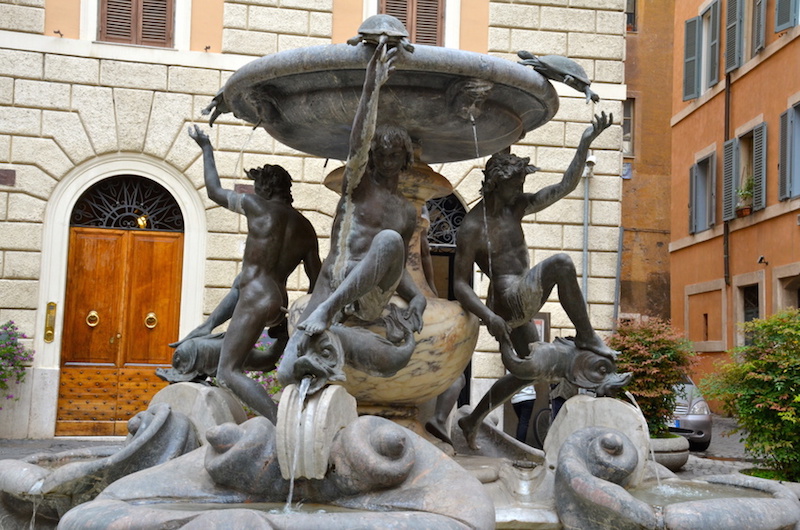The tiny district called Jewish Ghetto is one of the most interesting in Rome, full of anecdotes to recount and plenty of highlights to discover. Visiting this lovely neighbourhood is the best way to experience the Jewish culture, religion and traditional cuisine.
The roman Jewish Ghetto is one of the oldest in Europe as its first record dates back to 161 BC. This small area nestled between River Tiber on one side and Venice Square on the other, is witnessing the deep connection between roman culture and the Jewish one.
History
The Jewish Ghetto was established by Pope Paul IV in 1555 through a papal bull. The Jewish community, which had been counted among local inhabitants way before the bull, was forced to live in the area that we still call “Jewish quarter”, a place considered to be unwelcoming as it was subject to the flooding of the river Tiber nearby. The Jewish Ghetto was soon surrounded by walls and gates to be closed at night so locals had no way out. They lost their rights as well, such as the one to owe properties or to do common jobs. They only were allowed to be pawnbrokers or to fulfill unskilled tasks.
Unfortunately, the abuses against the Jewish people continued in the XX Century too. On Saturday October 16th 1943 at dawn, the German secret state police segregated the Jewish community of Rome, during the most tragic raid ever. A total of 1259 people were captured and deported to Auschwitz concentration camp.
What to see in Jewish tours in Rome
Besides strolling along the charming alleys of this picturesque district in the Eternal city, which is an absolutely must do, you cannot miss a stop to the iconic Synagogue. With its impressive dimensions, the Jewish Synagogue is an essential part of Rome’s skyline. Built in 1904 in both Art Nouveau and oriental style, it offers a deep insight into the Jewish culture. You can delve into its hidden secrets by visiting the museum inside as well.
Keep on walking towards the Porticus Octaviae, the ancient structure built under the order of Emperor Augustus who dedicated it to his sister.
This building, made of a stunning colonnade, envelops two roman temples: one dedicated to Jupiter and one to Juno. In addition, the Jewish ghetto market was located here: its main function was to be a fish market from medieval times until XIX Century, when it was finally abandoned. Besides, its market purpose is still remembered by the presence of the Church called The holy Angel in the Fish Market.
Last but not least, Piazza Mattei is a must see in the Jewish Ghetto. This fascinating square at just 2 minutes walking from the Porticus Octaviae, owes its name to the Mattei family, who played a crucial role in the history of the Ghetto as they held the access keys. This made them gain both money and the respect from local authorities. Step into this enchanting square and your attention will be soon captured by the lovely Fountains of Turtles that was built during the XVI Century, when Aqua Virgo Aqueduct could supply the water to the city center of Rome. The bronze turtles which gave the name to this structure were actually added later by Bernini, when the fountain was restored.
What and where to eat
Jewish culture has so deep roots that some of their traditional food has turned to be Rome’s best one. Our suggestion is to visit the Jewish district at lunch time. When you are hungry you will be able to stop at a kosher restaurant or bakery located in Via del Portico d’Ottavia, where you will really feel surrounded by attractive flavours and tasty specialties.
Although Jewish Ghetto Rome restaurants are many, here is our favourite pick: Su ghetto. Here you can taste the real fried artichokes, also called by locals Carciofi alla giudia, which are the most recommended dish.



